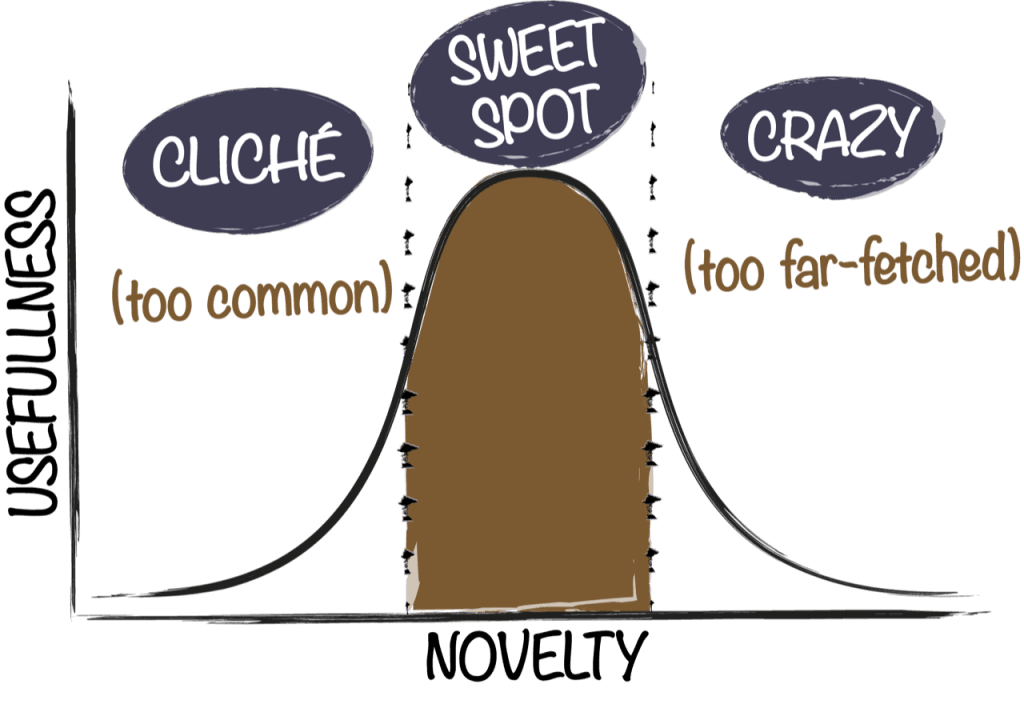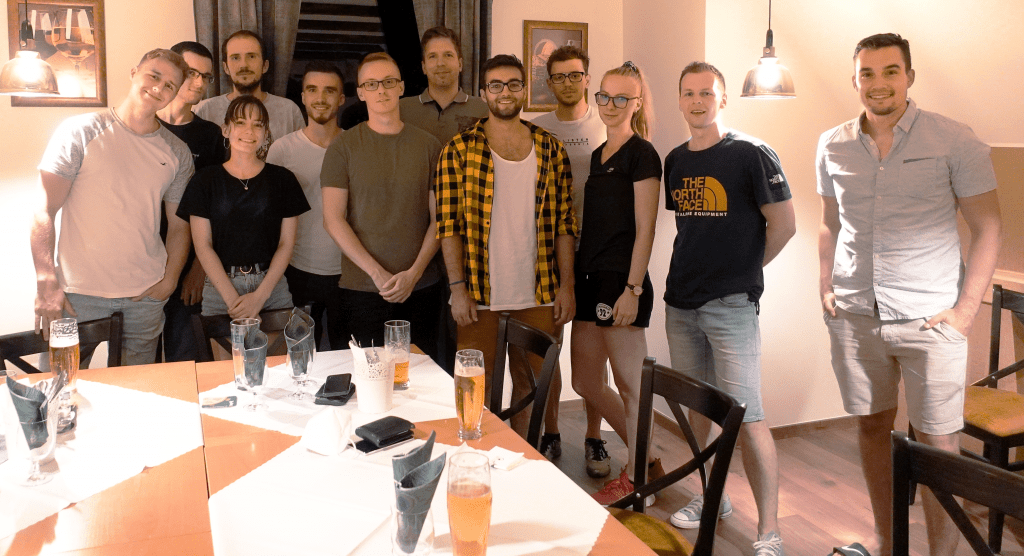
Quantpedia started ten years ago in October 2011, and it was built out of necessity. The following article is a short recollection of the journey it has traveled. It’s a thought on the connection between creativity and our need to collect, analyze and categorize abstract ideas and how does it all help in the design of systematic trading strategies.
When I started my professional trading and investing journey, I was extremely curious. I digested every book related to trading that I could grasp. After I ran out of books, I started reading academic research articles that seemed much shorter and more information-dense. Academic research is usually very dry if we compare it to the usual 300-400 pages long book. But it’s much more packed with information, and that information efficiency was very attractive for me. But after I read 30 papers, I forgot what was written in the first one. So I started writing notes and organizing all of the trading strategy ideas and their characteristics and descriptions into a simple structure. After several years I had an extensive list of notes, and the first version of Quantpedia was born out of that notes in 2011.
At that moment, I didn’t fully understand why I wrote notes and organized them. I was just overfilled with a stream of information, and I had to create a structure to make sense out of it. Only after a few years of collecting papers I started to realize what I was doing. I started to see similarities between Quantpedia and other collections. I realized that my passion for collecting abstract ideas – systematic descriptions of trading strategies – is similar to the passion of other collectors. Entomologists collect bugs, poets collect old books, writers collect murder stories, painters look for old paintings, psychologists collect patient case studies. Umberto Eco, Ernest Hemingway, and Ian Fleming were famous book collectors; George Lucas still is a famous collector of anything related to film-making. Andy Warhol was an art collector, and he was not the only one. All around the world, people are collecting. So why do we do it?
For me, the creative process of building a new idea was always connected to the inspiration that comes from somebody else’s work. It is sometimes said that modern civilization is built on the backs of our predecessors. Innovation is built on top of the knowledge we have already acquired.

I always used Quantpedia as a library of building tools – an adult version of Lego that I can utilize to build something new. I can break individual strategy ideas into smaller parts, bend them, mix them together and build something unique. That “Bend, Break, Blend” process is exactly what David Eagleman described in his book “The Runaway Species“. What I subconsciously did is natural to all people. Our desire to collect things and abstract concepts is a necessary ingredient in our quest for creativity. The good original idea (painting, song, trading strategy etc.) is usually in a sweet spot on the creativity curve between ordinary (common) ideas that already exist and absolutely freakish ideas that are maybe original but totally useless.

So to find that good and original idea (for example, for a new trading strategy), we must first have a very extensive collection of what already exists. We must know where the boundary is to push it a little further into the sweet spot of a new idea that’s creative but not too far-fetched. That’s what the Quantpedia is for me – the library, the playbox, and the tool for finding an inspiration. I sincerely hope that it’s also for you, our readers, and our clients.
After a few years, I realized that I needed help in my “collecting of ideas”. So I hired colleagues to help me fuel my research passion and desire for a wide collection of trading building blocks, and after that, Quantpedia started to mature.

What will the next 10 years bring for Quantpedia? My team and I have a few plans to help us fulfill our mission – to bolster creativity and process academic research into a more user-friendly form to help anyone looking for new trading strategy ideas. We want to make the process of bending, breaking, and blending easier for you. So stay tuned 😉
Yours,
Radovan Vojtko
CEO & Head of Research
Are you looking for more strategies to read about? Sign up for our newsletter or visit our Blog or Screener.
Do you want to learn more about Quantpedia Premium service? Check how Quantpedia works, our mission and Premium pricing offer.
Do you want to learn more about Quantpedia Pro service? Check its description, watch videos, review reporting capabilities and visit our pricing offer.
Are you looking for historical data or backtesting platforms? Check our list of Algo Trading Discounts.
Or follow us on:
Facebook Group, Facebook Page, Twitter, Linkedin, Medium or Youtube
Share onLinkedInTwitterFacebookRefer to a friend























